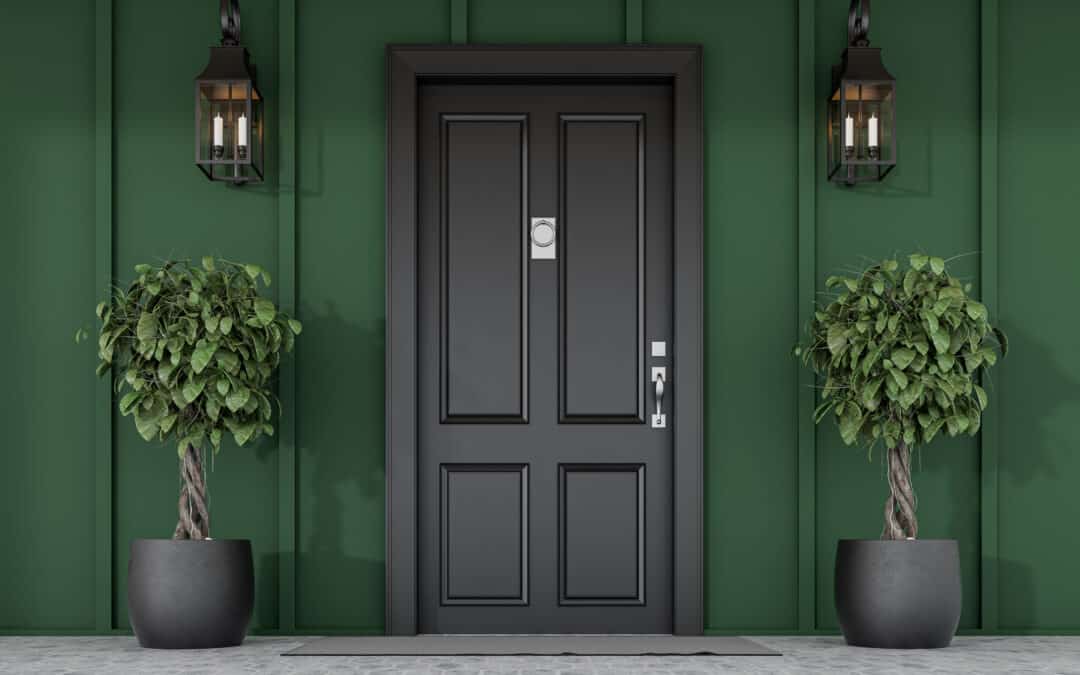What does LEED Certified Mean?
When shopping online for home materials, whether it is flooring, hvac materials, or something entirely different, you might see “LEED Certified,” on a web page, such as our Green Flooring page. But what does this mean?
LEED (Leadership in Energy and Environmental Design) is a green building certification program that is recognized worldwide. It was developed by the U.S. Green Building Council (USGBC) in 1998 and has since become the most widely used green building rating system in the world. In this blog post, we will explore what LEED is, how it works, and its benefits for both the environment and building owners.
What is LEED?
LEED is a certification program that evaluates the environmental performance of buildings and promotes sustainable design and construction practices. It provides a framework for building owners, architects, engineers, and contractors to design, construct, operate, and maintain buildings that are environmentally responsible, energy-efficient, and healthy places to live and work.
How does it work work?
The LEED certification program uses a point-based system to evaluate the environmental performance of a building across five key areas:
1. Sustainable Sites
This category evaluates the building’s impact on the surrounding ecosystem, including site selection, storm-water management, and access to public transportation.
2. Water Efficiency
This category evaluates the building’s water usage, including indoor plumbing fixtures, irrigation systems, and cooling towers.
3. Energy and Atmosphere
This category evaluates the building’s energy usage, including heating and cooling systems, lighting, and renewable energy sources.
4. Materials and Resources
This category evaluates the building’s use of sustainable materials and waste reduction strategies, including recycled content, low-emitting materials, and construction waste management.
5. Indoor Environmental Quality
This category evaluates the building’s impact on indoor air quality, including ventilation systems, lighting, and thermal comfort.
The certification levels are based on the number of points a building earns in each category, with Certified being the lowest level and Platinum being the highest level.
What are the benefits of LEED certification?
LEED certification provides a variety of benefits for both the environment and building owners. Here are some of the key benefits:
1. Energy efficiency
LEED-certified buildings use less energy than conventional buildings, which results in lower utility bills and reduced greenhouse gas emissions.
2. Reduced water usage
LEED-certified buildings use less water than conventional buildings, which helps to conserve this valuable resource.
3. Improved indoor air quality
LEED-certified buildings are designed to promote better indoor air quality, which can lead to improved health and productivity for occupants.
4. Cost savings
LEED-certified buildings often have lower operating costs than conventional buildings, which can result in cost savings for building owners over the life of the building.
5. Increased property value
This certification can increase the value of a property, as it demonstrates a commitment to sustainable design and construction practices.
6. Environmental responsibility
This certification promotes sustainable design and construction practices, which helps to reduce the environmental impact of buildings and promotes a healthier planet.
In conclusion, LEED certification is a widely recognized green building certification program that promotes sustainable design and construction practices. It provides a framework for building owners, architects, engineers, and contractors to design, construct, operate, and maintain buildings that are environmentally responsible, energy-efficient, and healthy places to live and work. LEED certification provides a variety of benefits, including energy efficiency, reduced water usage, improved indoor air quality, cost savings, increased property value, and environmental responsibility.
Are you someone who values sustainability, and is also looking to replace their flooring? You’re in luck! At Northern Colorado Carpets we have many different types of flooring that match LEED certification requirements. Stop in today to see your options, or give us a call. We’re happy to help you find a new, beautiful, and sustainably sourced floor. We also offer installations!


Recent Comments